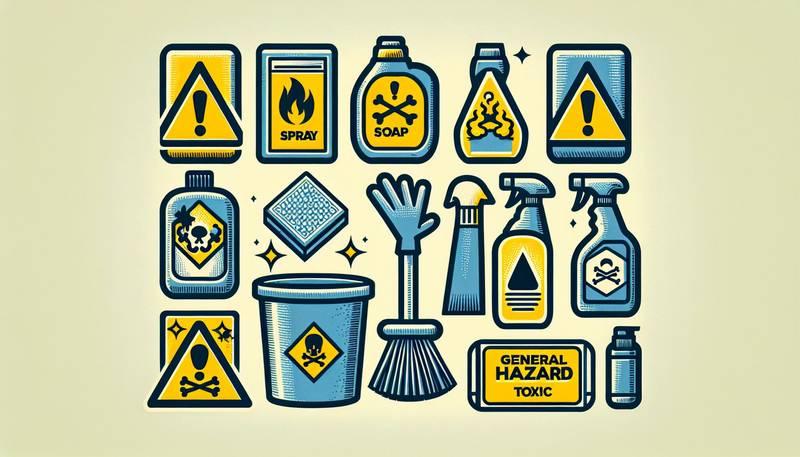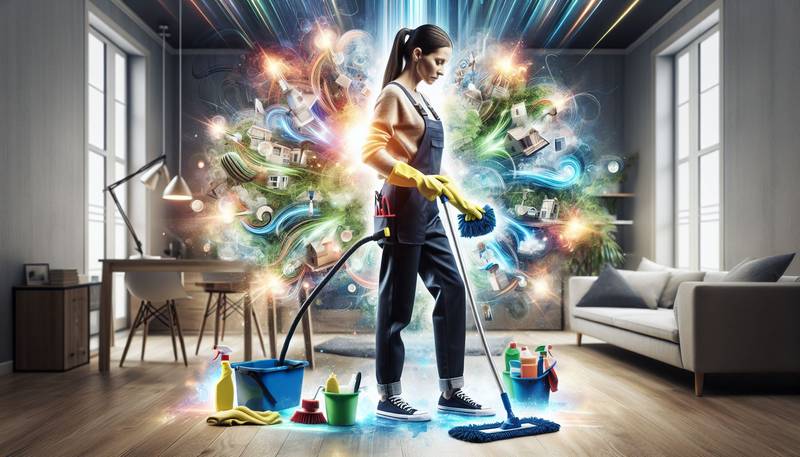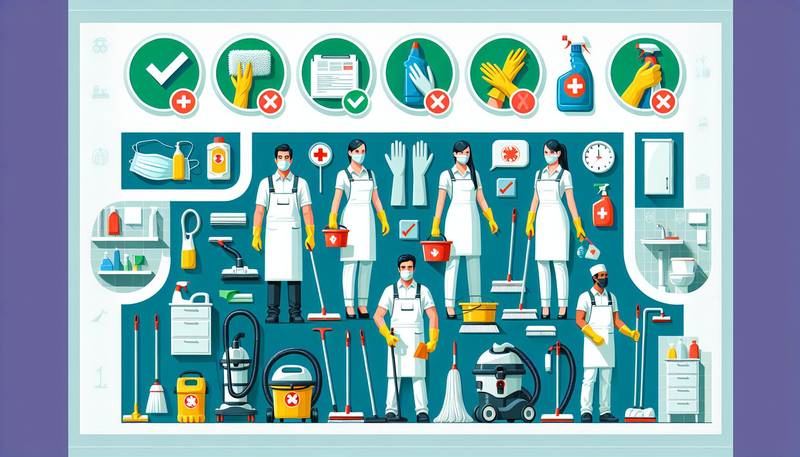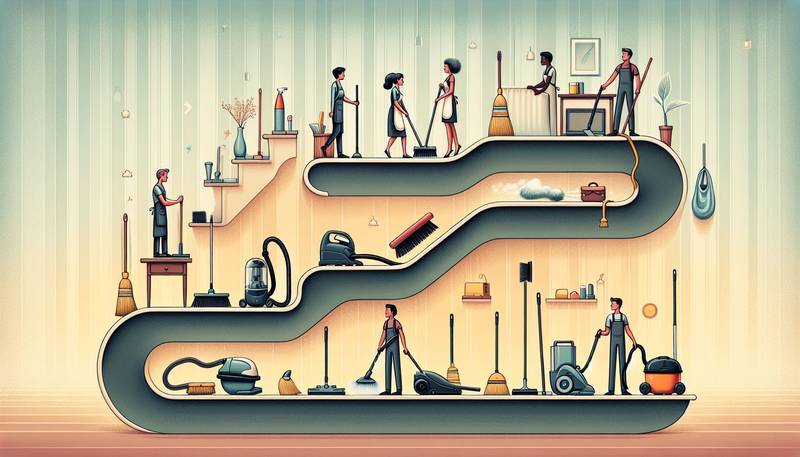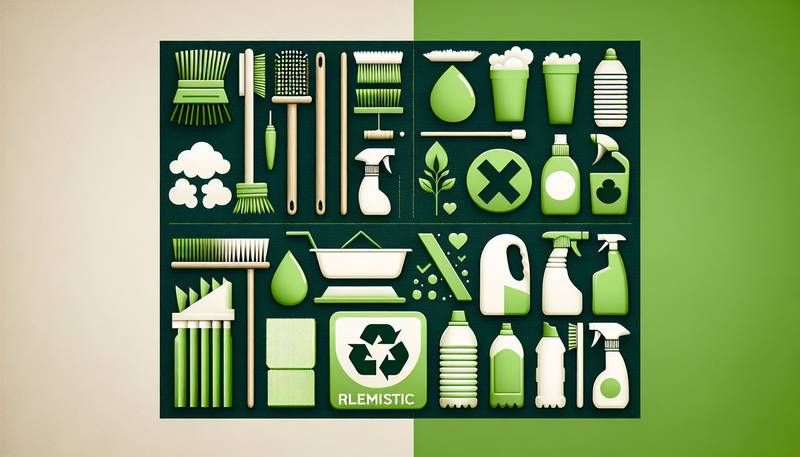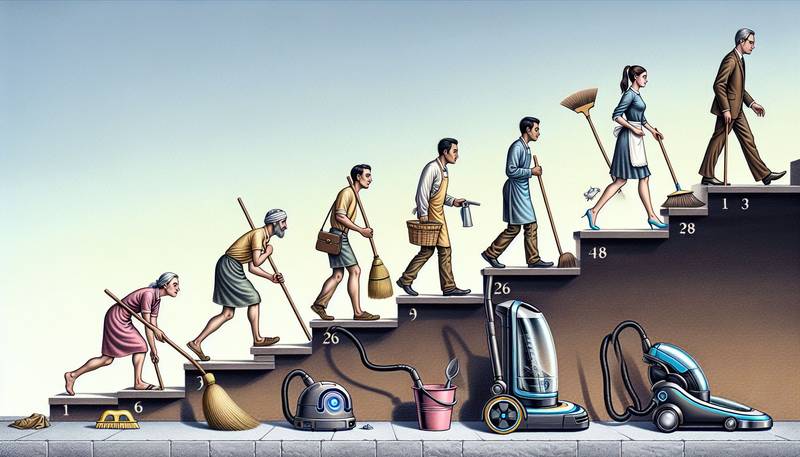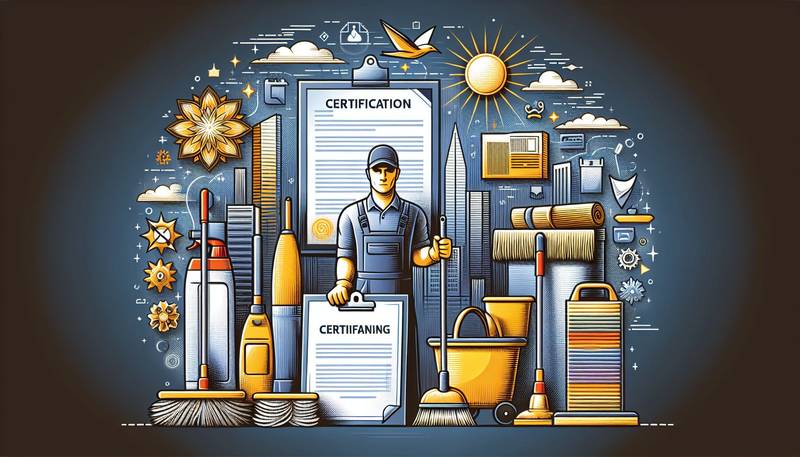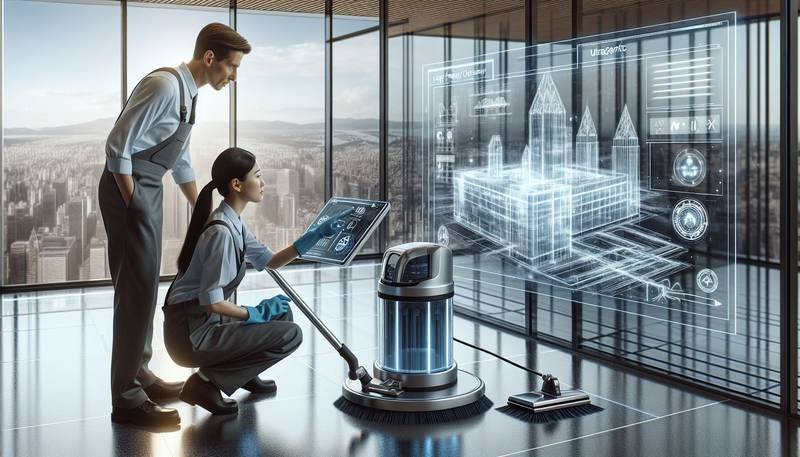Safety First: Understanding the Hazards of Cleaning Chemicals
However, it's important to understand that the cleaning products we use to keep our living and working spaces clean can pose serious health hazards if not used properly.
The Importance of Safety in Cleaning
When it comes to cleaning, many of us are quick to grab whatever cleaning products are readily available without giving much thought to the potential dangers they may pose. From bleach to ammonia, many common cleaning products contain harsh chemicals that can be harmful if not handled with care. In fact, according to the American Lung Association, many cleaning products can release volatile organic compounds (VOCs) that can irritate the eyes, nose, and throat, and even cause headaches, dizziness, and respiratory issues.
Understanding the Hazards of Cleaning Chemicals
One of the most common hazards associated with cleaning chemicals is their potential to cause skin irritations and burns. Many cleaning products contain corrosive substances that can cause severe burns if they come into contact with the skin. In addition to skin irritations, inhaling the fumes of certain cleaning products can also cause respiratory issues, ranging from mild irritation to more serious conditions such as asthma or chronic obstructive pulmonary disease (COPD).
Proper Handling and Storage of Cleaning Chemicals
To minimize the risks associated with cleaning chemicals, it's important to follow proper handling and storage practices. When using cleaning products, always make sure to read and follow the manufacturer's instructions carefully. Wear appropriate protective gear, such as gloves and a mask, to prevent exposure to harmful chemicals. It's also important to properly ventilate the area when using cleaning products to minimize the inhalation of fumes.
When storing cleaning chemicals, it's important to keep them in a cool, dry place away from children and pets. Never mix different cleaning products together, as this can create hazardous chemical reactions that can release toxic gases. Additionally, always make sure that cleaning products are stored in their original containers with the labels intact to prevent accidental misuse.
Safer Alternatives for Cleaning
Fortunately, there are safer alternatives to traditional cleaning products that can help minimize the risks associated with harmful chemicals. Many natural cleaning products, such as vinegar, baking soda, and lemon juice, can be just as effective as their chemical counterparts without posing the same health hazards. Additionally, there are an increasing number of eco-friendly cleaning products available on the market that are made with plant-based ingredients and are free of harsh chemicals.
Conclusion
While cleaning is an essential part of maintaining a clean and healthy living environment, it's important to be aware of the potential hazards associated with cleaning chemicals. By understanding the risks, following proper handling and storage practices, and using safer alternatives when possible, we can minimize the health hazards associated with cleaning products. Remember, safety always comes first when it comes to cleaning.
